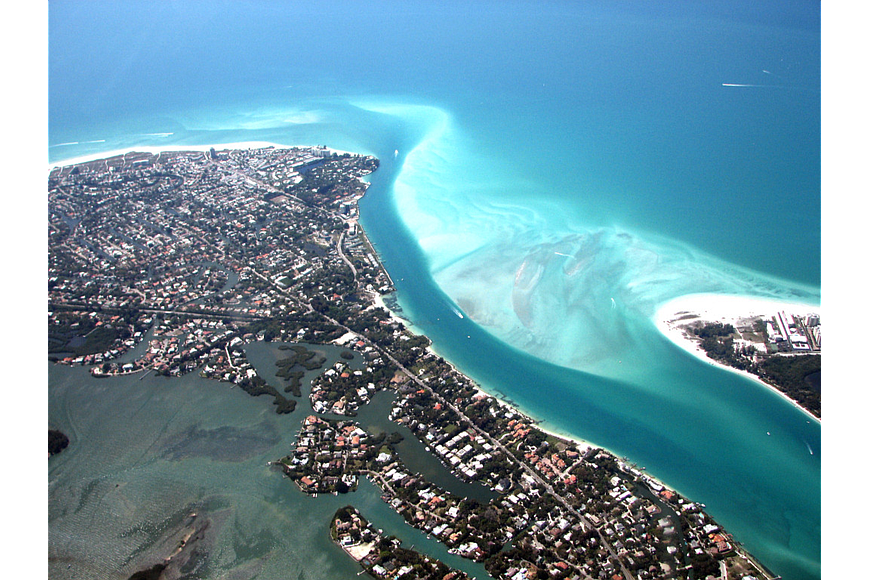- April 25, 2024
-
-
Loading

Loading

The editorial in last week’s Sarasota Observer and Siesta Key Observer was such that a response is warranted.
First, as Sarasota’s city manager, I have never said, let alone thought, that the millions of cubic yards of sand that has built up in and around Big Pass was “our sand.” Although a good portion of Big Pass is located within the municipal boundaries and jurisdiction of the city, for the record, sand in the Gulf of Mexico, like air and water, is everyone’s and regulated by the best system we have to do such work: governmental agencies.
Coastal science recommends that as we move forward to preserve and protect all of Sarasota County’s beaches and shorelines against storm surge and rising sea level, it makes good sense to recycle sand that has migrated from our various beaches, back to the various beaches from where the sand migrated. In fact, this is becoming a standard and best practice in Florida.
Pumping, barging or trucking sand from faraway places creates environmental problems of their own, presents sand quality challenges, but can also cost two, three or four times the amount of recycling sand from regional sand drift burrows.
It is important for Observer readers to know the city of Sarasota, U.S. Army Corps of Engineers, Florida Department of Environmental Protection and now Judge Bram Canter have listened to the Siesta Key petitioners. This has occurred throughout the multiple years of study, the permitting process and court hearings.
Following the FDEP’s notice of intent to issue the permit on Dec. 22, 2016, I again reached out to Siesta Key petitioners with the hope of formalizing an ongoing shorelines, inlets and boat channels monitoring program to be ready to adjust our shoreline protection efforts when warranted, and backed by a good faith, and very real, $2.5 million fund approved by the Sarasota City Commission.
I was hopeful the parties could come together to avoid costly litigation and if possible improve the initiative, as well as the critical monitoring and reaction plan. Unfortunately, the Save Our Siesta Sands group refused to participate.
Over the course of this multi-year study and permitting process, which included looking at offshore sand options, we have asked Siesta Key petitioners if they would be willing to help cover the millions of dollars in higher costs of transporting quality sand to Lido from faraway places, especially since it appears to drift to Siesta. We did not receive an affirmative response.
For the record, the city of Sarasota has worked hard and honestly in good faith over a long period to be reasonable and good neighbors and will continue to do so. The process and recent judge’s ruling included massive input and review of Siesta petitioners’ beliefs, which have refined the project. The process and judge’s decision have been based on the best science and technology available.
For the record, the city of Sarasota has insisted, and the permit will require that we monitor the project to be certain it does no harm and adjust accordingly in the future.
We continue to advocate that the region becomes more proactive with shoreline, inlet and boat channel monitoring on a regular basis to improve continuously and modify strategies based upon facts, experience and sustainable environmental and fiscal realities.
We have a dire situation on Lido. As friends, neighbors and fellow citizens, we respectfully request that the Siesta Key petitioners please consider ending the very expensive and time-consuming lawsuits that now risk millions in damages.
We again respectfully ask Siesta petitioners to join with us to monitor the shorelines closely and the project Judge Canter has thoroughly vetted and approved, to advance our knowledge and hone best beach preservation and shoreline protection practices possible as we move into an ever more challenging era. This approach will prove beneficial to all parties for decades to come.
Tom Barwin is the Sarasota city manager.